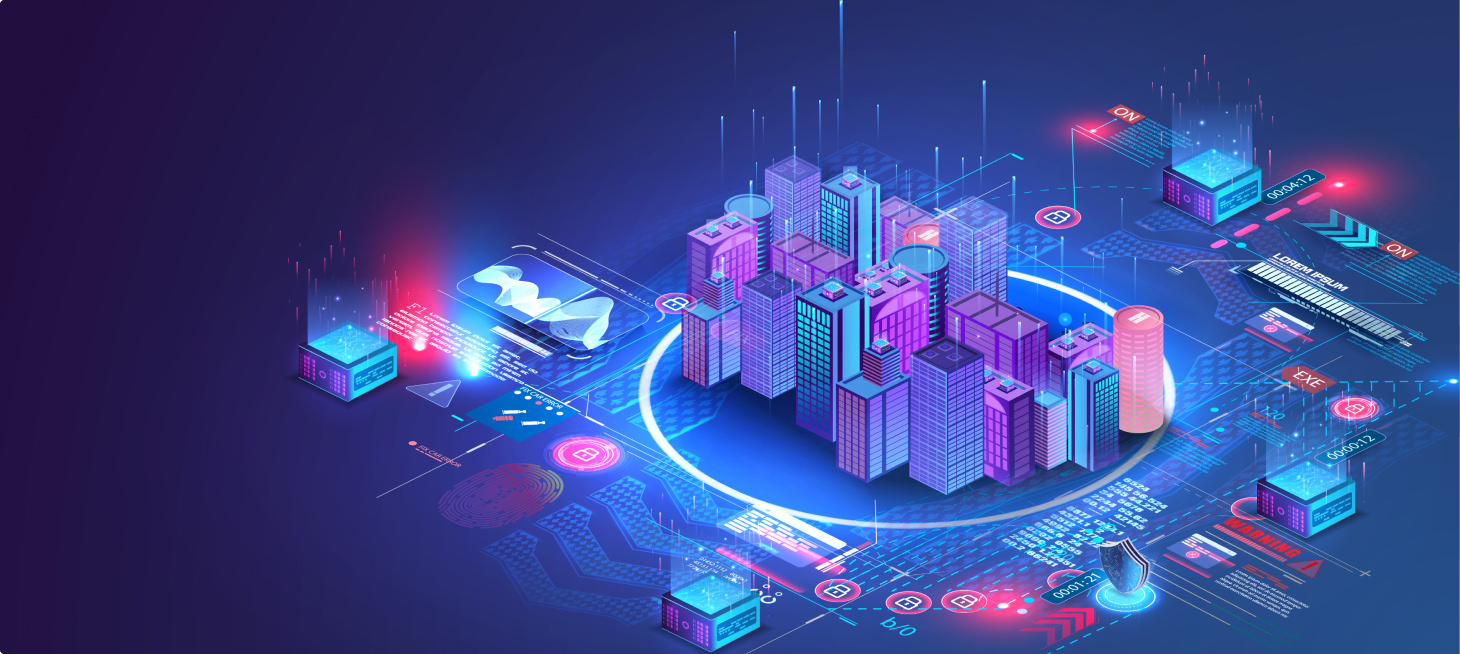The Census 2011 estimate of 2.21% of India’s population being disabled is a gross underestimation. The World Health Organization estimates that approximately 16% of the global population is disabled. While technology has the potential to level the playing field for the disabled, it can also reinforce the barriers that they face if it is not designed with their needs in mind.

In India, smartphone users with disabilities
- There is no specific data available to determine the exact number of smartphone users with disabilities in India.
- According to the 2011 Census of India, the country has approximately 2.68 crore (26.8 million) people with disabilities.
- According to reports, India will have 750 million Internet/smartphone users by 2020.
- Using the 16% figure, this equates to approximately 120 million (12 crore) Internet/smartphone users with disabilities.
A Report on App Accessibility
- App evaluation of the most popular apps: A report that assesses the usability of ten of India’s most popular apps across five industries. Zomato, Swiggy, PayTM, PhonePe, Amazon, Flipkart, Uber, Ola, WhatsApp, and Telegram were among the apps.
- The purpose of releasing this report is to start a discussion about digital accessibility: 1. An objective assessment of the apps’ digital accessibility. 2. Collaborate with these service providers to develop practises and processes that will not only improve app accessibility but will also educate their stakeholders about accessibility and people with disabilities.
- The report’s findings are as follows: The level of accessibility of the apps was classified as high, medium, or low based on the number of violations. According to the report, four of the ten apps were rated low, while five were rated medium.
Important contributions to Divyanga-friendly digital infrastructure
- Website Guidelines for the Indian Government: The Department of Administrative Reforms and Public Grievances (DARPG) has developed accessibility guidelines for government websites. The guidelines cover a wide range of topics related to website design and development, including colour contrast, keyboard accessibility, and assistive technology compatibility.
- The government launched the Accessible India Campaign/ Sugamya Bharat Abhiyan in 2015 to make public spaces, including government buildings, transportation, and information and communication technologies (ICT), more accessible to people with disabilities.
- Bharat Interconnectivity Limited (BIL): BIL is a subsidiary of Bharat Sanchar Nigam Limited (BSNL) that provides people with disabilities with accessible internet and telecom services. It provides audiobooks, sign language interpretation, as well as accessible websites and mobile applications.
- National Institute of Speech and Hearing (NISH): NISH is an autonomous institute within the Ministry of Social Justice and Empowerment’s Department of Empowerment of Persons with Disabilities. It offers services such as audiobooks and accessible software, as well as training and research in the field of speech and hearing disabilities.
- Increasing the affordability and accessibility of assistive technology: The government has also taken steps to increase the affordability and accessibility of assistive technology for people with disabilities.
- For example, the Department of Empowerment of Persons with Disabilities offers financial assistance for the purchase of assistive devices, and the Assistive Technology Industry Association (ATIA) was formed to promote assistive technology research and development.
Measures to improve digital service accessibility
- Educating and raising awareness: Steps must be taken to raise awareness of people with disabilities’ needs and abilities. This could include teaching developers and designers how to build accessible digital products and services.
- Enforcing web accessibility standards: The government should make sure that all websites and mobile apps follow web accessibility standards like the Web Content Accessibility Guidelines (WCAG). This will make digital services more accessible to people with disabilities.
- Encouraging inclusive design: Creating products and services that are accessible to all users, including those with disabilities, should be a key component of the design process. Companies and developers should be encouraged from the start to incorporate inclusive design principles into their products.
- Conducting regular accessibility audits: To ensure that digital products and services are accessible to people with disabilities, regular accessibility audits should be performed. This can aid in identifying roadblocks and areas for improvement.
@the end
The conviction that everything digital must be accessible to everyone must be central to the project of securing a more disabled friendly digital ecosystem. This begins with incorporating accessibility and inclusive design principles into all digital offerings from the start. India must make all people with disabilities truly accessible. Organizations, businesses, civil society, the government, and the courts must all work together to make this happen.
Source: https://pib.gov.in/newsite/PrintRelease.aspx?relid=183389
